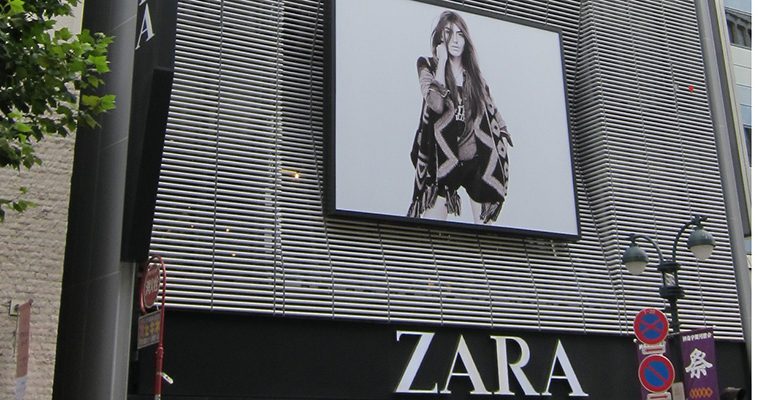BOfAML | We see a lower percentage of SKUs on discount in November compared to November 2018, which reflects a less aggressive discounting strategy by Zara in 2019, in our view.
Our price objective for Inditex of EUR21 is based on DCF analysis overlaid with implied multiples. Our DCF valuation of EUR21/share uses a WACC of 7.6% and a terminal growth rate of 1.5%. At our PO Inditex would trade on 19x 2019 P/E (Dec YE adj), this is a 15% discount to its historical average to reflect the structural headwinds in retail and the de-rating of global apparel peers.
Our DCF assumes a 10-year CAGR in sales of 7% and FCF of c.10%. We assume that Inditex brings on c.4% new space per year long term, with a conversion ratio of 70%, and that long-run LFL is 4%. We also assume a long-run long-run operating margin of 15.6%, driven by gross margin pressure, offset by some operational leverage
Risks to the upside are if Inditex outperforms its major markets by more than we anticipate or if Inditex’s costs rise by less than we expect.
Risks to the downside are if Inditex is impacted by a weakening in consumer demand in its major markets, or if the Euro strengthens materially further against other currencies. Like any fashion retailer, Inditex faces a certain amount of weather and fashion risk.





